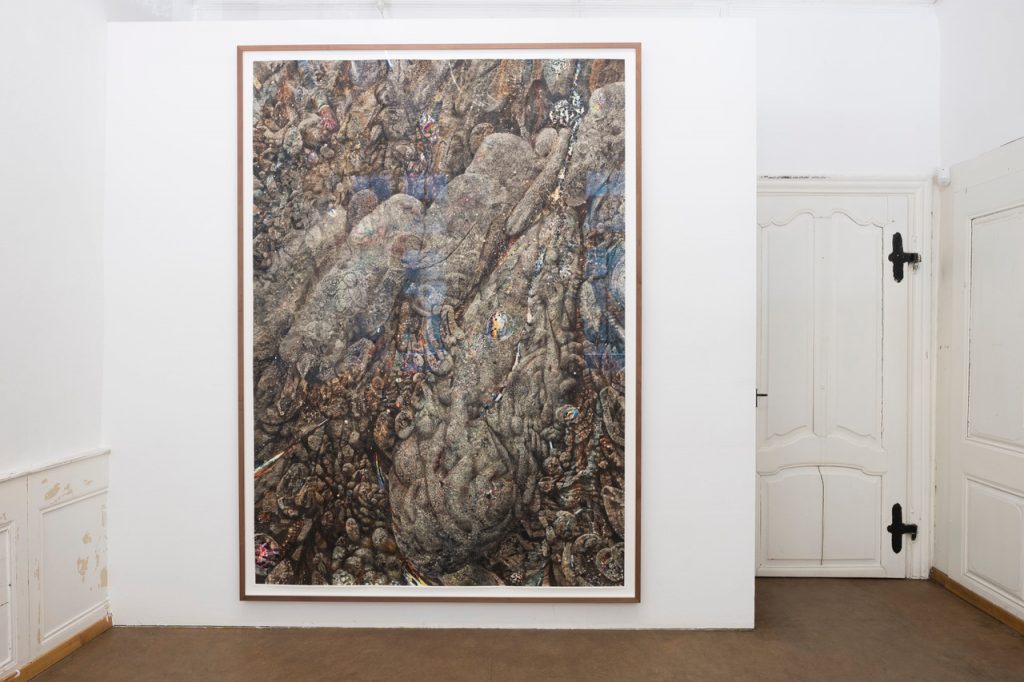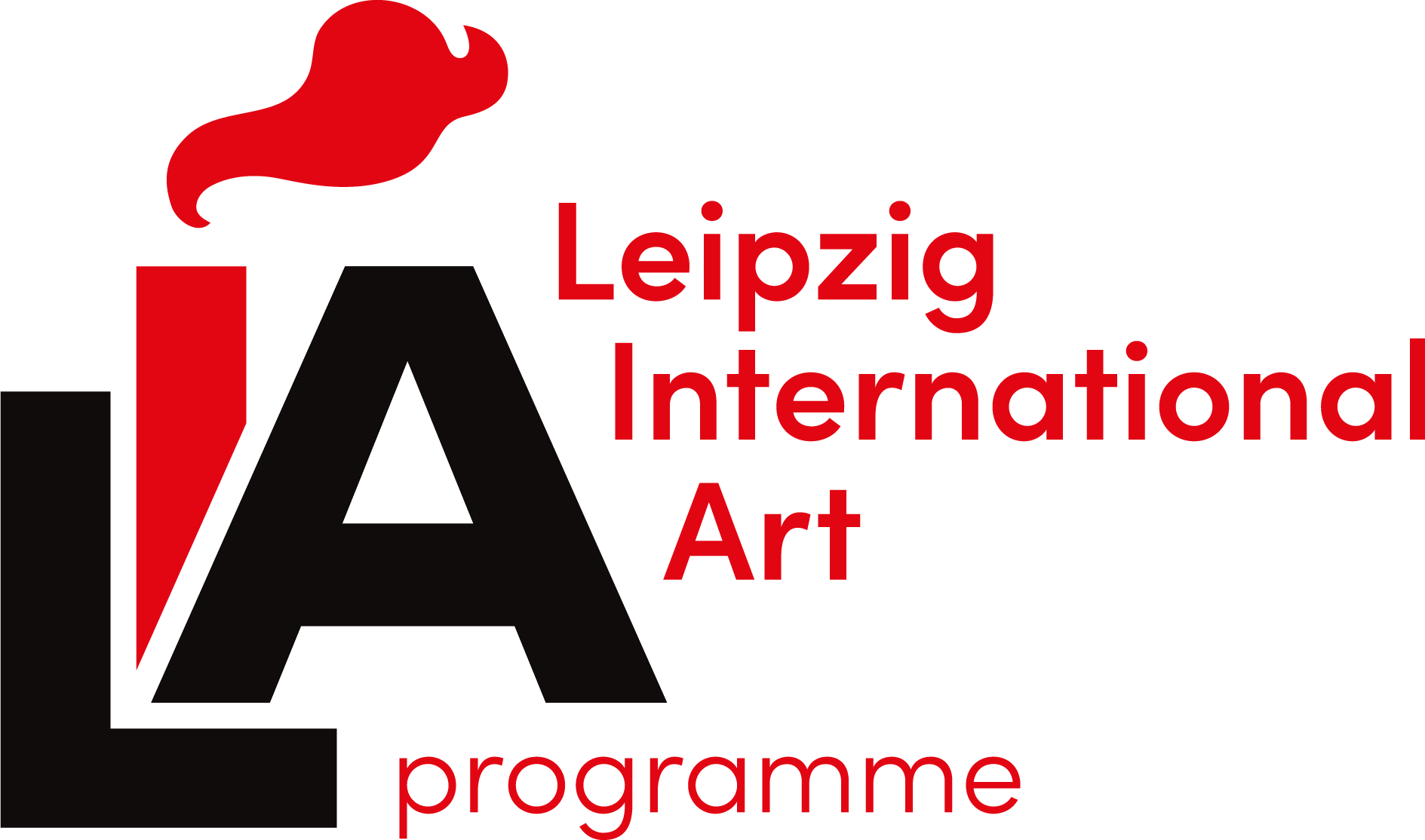03.09.2021-15.10.2021
Stefan Guggisberg/Aika Furukawa exhibition at The Japan Foundation in Cologne.
———>Press release
Japanischen Kulturinstitut
The Japan Foundation
Universitätsstraße 98,
50674 Köln
täglich geöffnet
9.00 – 18:00 Uhr
Mo bis Fr 14:00 – 17:00 Uhr
Wenn Tage mit anderen Veranstaltungen im Saal
(Filmvorführungen, Vorträge, Konzerte usw.) stattfi nden,
wird auch abends bis zum Ende der Veranstaltung geöffnet sein.
Silent Streets
In 2007 Between Past and Future was the first exhibition of Japanese contemporary art as inauguration show and starting point of the international artist in residency programme LIA in Leipzig. Since then over four hundred international artists have taken part in the programmme amongst them artists from Japan. Thanks to the Japan Foundation LIA founder Anna-Louise Rolland could participate in her first professional curatorial journey to Japan in 2019. Besides the richness of Japanese art and culture she gratefully experienced, there was a tiny but unique experience worth to be mentioned.
„Walking in Tokio, we had just passed the lively Shibuya crossing, called one of the world’s busiest crosswalks, and entered into a small street. From one moment to the other all noise and life had been completely taken away to absolute silence in-mid of Tokio. The street of small family houses we entered was empty and quiet“, says Anna-Louise Rolland.
The Street of Silence has been taken as a metaphor for change as the void leaves opportunity for reconciliation. Running an international artist in residency is a continuous process of creating crossroads of different cultures by introducing people of different backgrounds to each other. Residencies change perspectives. A few months after this experience in Tokio Covid-19 silenced the world. However, LIA continued its work while the silence left again space for reconciliation.
The exhibition would like to shed light on some of these gaze shifts which will and have taken place in LIA. The LIA programme would like to take the 160 year jubilee of diplomatic negotiations between Japan and Germany as occasion. Aika Furukawa came to LIA in 2010 and returned 20212. Stefan Guggisberg studied in Leipzig at the Hochschule für Grafik und Buchkunst and stayed ever since. In our first conversations about Japan he mentioned: „I have this silent desire for Japan ever since childhood, my first encounters being Pokemon and the martial art. There was this sensation of excitement and inquisitiveness, the urge of making contact, an addiction to something still unknown“, says Stefan Guggisberg.

Stefan Guggisberg mentions Murakami, how the flipper machine starts to become animated in one of his books. He refers to the Shintō religion and its form of animism. The wave returns frequently. It is as vehicle from the real world into the world of spirituality in Stefan Guggisberg`s works. His painting manor deals in a similar way with a form of animism. After creating a painted surface he takes layer of layer off his work. Different layers get revealed, archetypes seem to appear. Sections in his painting become all of a sudden animated. His painting process is disruptive. First there is a surface and then Guggisberg works different layers out of his paintings, layer by layer revealing archetype after archetype. Animating the unknown. Framing the unknown. „Imagine this is a real image but you can’t decipher it, Stefan Guggisberg says.

Aika Furukawa focuses on the uniqueness encountered in every day life. Painting sheets of linen being folded, crumbled and wrinkled in the early morning it is here where she finds variety and life in. She makes the fold a permanent theme in her work. Aika Furukawa paints but takes different formats into account such as installational painting, two dimensional paintings and drawings as well as wall drawings. Coming from the classical education of oil painting, having studied this technique in Japan, she felt the urge to go to Europe and follow up on painting in art history. Aika Furukawa has inhabited the objects of daily life such as ties, suits and bed clothes. It is the always returning reuse of what belongs to our real world and at the same time makes us what we are or rather what we would love to appear like in public when she paints our suits or ties. In the shown series she painted every day through the year. It is a homage to the changing seasons and daily life, its routines. At the same time it is a combination of European oil painting and Japanese calligraphic remains in one piece. While Aika is permanently crossing the street of silence from East to West and West to East.
Anna-Louise Rolland
